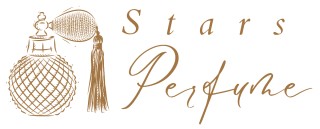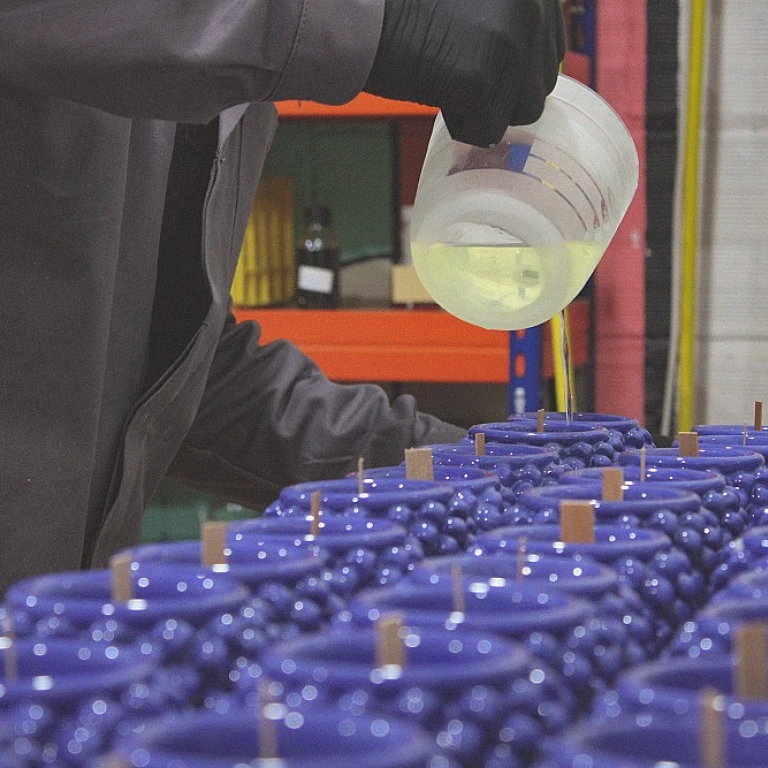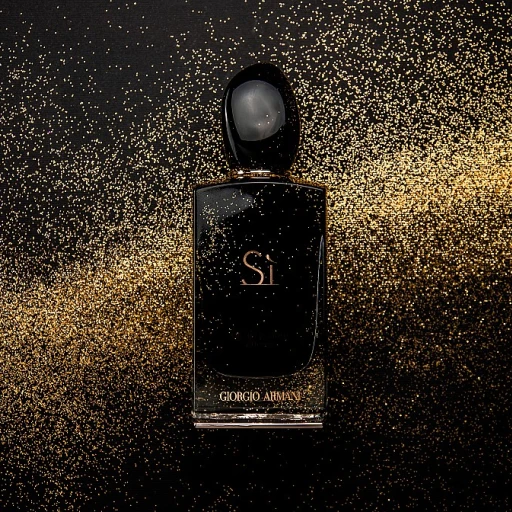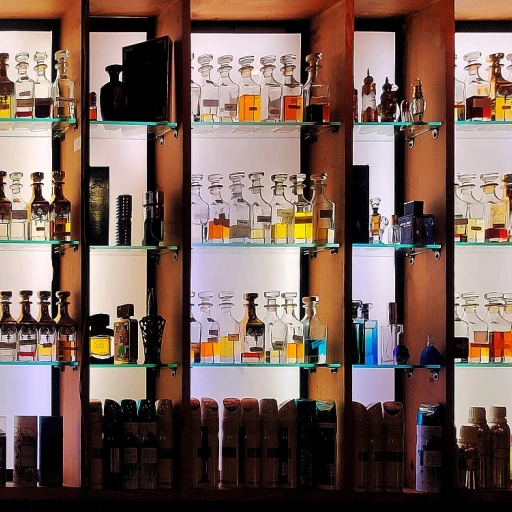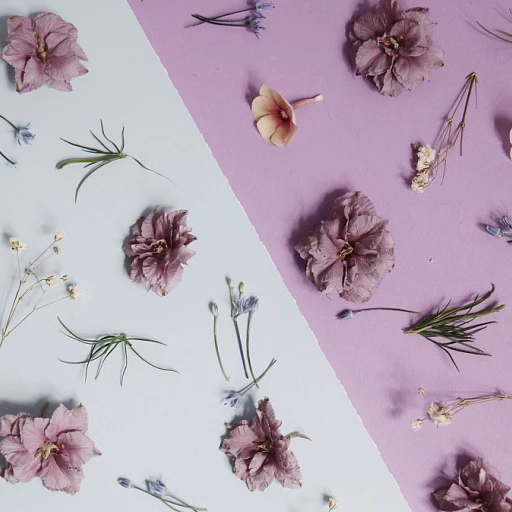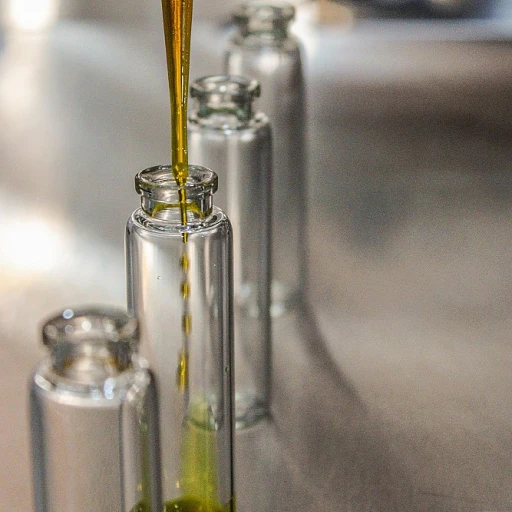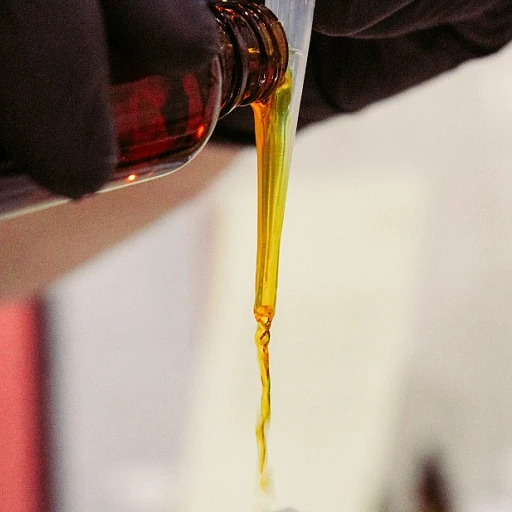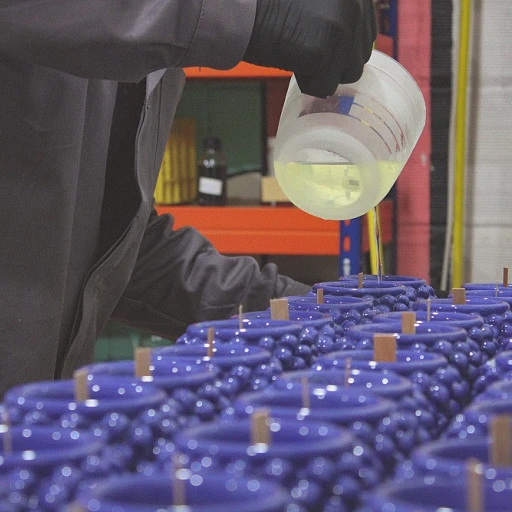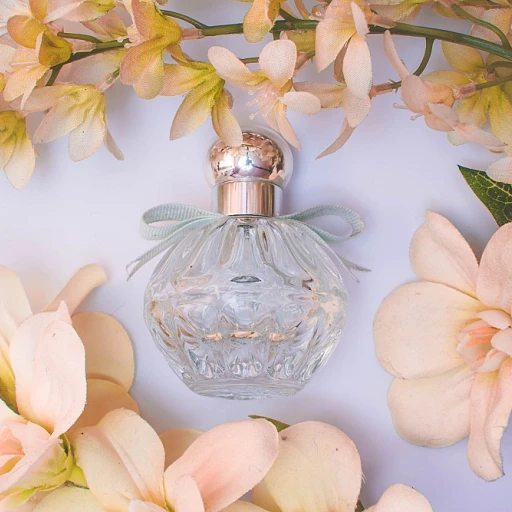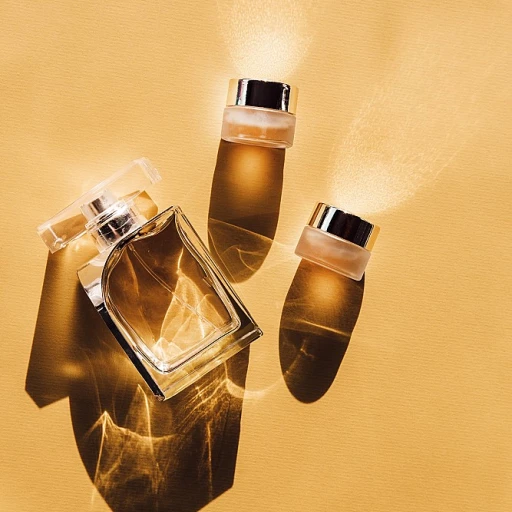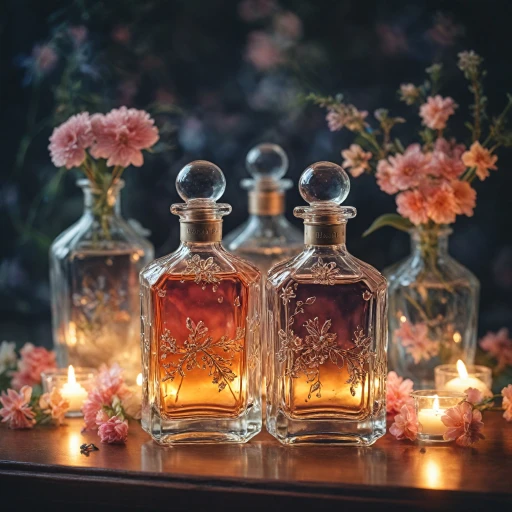
The Cultural Influence on Brazilian Perfumes
Scents and Traditions: A Brazilian Perspective
Perfume in Brazil is not just a product; it's an elaborate expression of culture steeped in a rich tapestry of history and tradition. This influence can be seen in the diversity and originality of Brazilian fragrances available in the market. The scent culture is a fusion that reflects the vibrant lifestyle of this nation, which often gravitates towards fresh, fruity, and floral notes. The sensory preferences in Brazil have been greatly shaped by its multicultural heritage. With influences spanning from African, Indigenous, and Portuguese origins, Brazilian perfumery exhibits a unique blend of fragrance notes and accords.- Popular Notes: Among the popular notes, you will find pink pepper, heliotrope jasmine, and hints of black currant. These elements appeal to the local preference for vibrant and vivacious scents, resonating with the temperate climate of the region.
- Fragrance Usage: Brazilians don't just reserve perfumes for special occasions. Instead, fragrance is woven into daily life, from eau de toilette to more concentrated eau parfum, reflecting personal style and mood.
Popular Fragrance Notes in Brazil
The Essence of Brazil's Fragrance Aroma
Vibrant and captivating—these words encapsulate the rich tapestry of fragrances in Brazil. The aromatic landscape here is a confluence of diverse scent notes that reflect the country's lush biodiversity and cultural diversity. Brazilian perfumes often weave together a harmonious blend of natural and synthetic elements, offering a unique fragrance experience distinct to this region.
Key fragrance notes prevalent in Brazilian perfumes have gained popularity and admiration both locally and globally. Woody notes play a significant role, offering earthy, grounding elements that resonate with Brazil's abundant forests. The inviting aura of pink pepper is another favorite, adding a spicy, exotic flair to many compositions.
The tropical climate of this South American nation greatly influences fragrance preferences. With a penchant for fresh and vibrant scents, fragrances with refreshing citrus top notes or invigorating fruits like black currant are adored, capturing the vivacious spirit of Brazil.
Floral notes are also cherished, with heliotrope jasmine being a beloved choice for its rich, intoxicating aroma. These floral fragrances often carry an opulent character that complements the intricate layers of other notes like eau parfum or eau de toilette, providing a full scent profile that is both unique and enchanting.
Among the popular choices, Brazilian brands strive to connect with local consumers by focusing on affordable price units while maintaining quality. With strategic pricing, perfumes become accessible while still appealing to a discerning audience that desires originality in their scent choices.
To grasp the full details of how Brazilian perfumes intertwine with the natural world, one can view a sensory journey through their lush ingredients and aromatic foundations. Check it out to unlock additional insights into what makes them truly stand out in the global fragrance market.
The Role of Nature in Brazilian Perfumery
The Enchantment of Nature in Brazilian Fragrances
Nature plays a pivotal role in shaping the essence of Brazilian perfumery. The country's rich biodiversity offers a plethora of ingredients that make Brazilian fragrances unique and captivating. From the lush rainforests to the sprawling savannas, nature is intertwined with the craft of scent creation, providing a vast palette of original fragrance notes. Brazilian perfumers often incorporate elements such as pink pepper and black currant, celebrating the country’s diverse habitat and bringing a sense of exotic allure to their products. The vibrant blend of these ingredients contributes significantly to the popularity of Brazil in the global fragrance market. By paying homage to native flora, Brazilian brands produce perfumes and colognes that are not only distinctive but also deeply rooted in their cultural identity. The natural resources available in Brazil enable the local perfume industry to create complex compositions with unique nuances. Woody notes, often infused with heliotrope jasmine and subtle hints of white flowers, are prevalent in both eau de parfum and eau de toilette creations. These base notes provide a lasting impression on the senses, making Brazilian perfumes sought after for their depth and quality. Despite the rich source of natural ingredients, the Brazilian perfume industry faces significant challenges in maintaining sustainable practices. Issues such as animal testing and the limited availability of left stock can drive up the price, affecting the unit price and sale price of these high-demand products. As top brands navigate the intricate balance between market needs and environmental responsibility, the promise for a more sustainable future in Brazilian perfumery holds a strong potential for growth. For additional insights on how fragrant materials harmonize to influence trends across cultures, view the full analysis here.Emerging Trends in the Brazilian Perfume Market
Innovation and Evolution in Brazilian Perfumery
The Brazilian perfume market is known for its vibrant spirit and a passion for innovation, constantly setting new trends and pushing boundaries in the world of fragrances. One of the significant shifts witnessed today is the introduction of sustainable and eco-friendly product lines by top Brazilian brands. These products often highlight natural ingredients, aligning with the global move towards greener choices. Another rising trend is personalization in perfumes. Consumers are increasingly drawn to customizable scents, allowing them to express their unique identities through tailor-made fragrances. In Brazil, where cultural diversity is rich, this movement gains substantial popularity as individuals seek scents that resonate with their personal narratives. However, the vibrant Brazilian perfume landscape is not without its challenges. The fluctuating price of raw materials, often impacted by both local and global economic factors, affects the pricing strategy of these aromatic creations. Brands strive to find a balance between cost-efficiency and maintaining the unique characteristic and original appeal of their perfumes, such as the alluring woody notes in autumn collections or the refreshing burst of pink pepper in summer releases. The influence of globally beloved fragrances like black currant and heliotrope jasmine is evident, yet Brazilian perfumers are adept at adding a localized twist that captures the national spirit. These adjustments cater to the specific scent preferences prevalent among Brazilian consumers, who often favor light, fresh notes for daytime eau parfum and richer, more complex compositions for evening eau de toilettes. As the market continues to evolve, the attention to cruelty-free and non-animal testing practices takes precedence, reflecting a broader consumer awareness about ethical production methods. These elements together create a dynamic landscape where Brazilian perfumes can stand out not only in domestic stores but also in international markets, asserting their place as noteworthy contributors to global fragrance trends.Challenges Faced by the Brazilian Perfume Industry
Overcoming Obstacles in Perfumery
The Brazilian fragrance market, with its vibrant array of scents and original products, faces unique challenges distinct from other global markets. One significant obstacle includes the fluctuation of raw material costs, heavily influenced by the price of international commodities. This factor plays a crucial role in determining the price unit and sale price of Brazilian perfumes, ultimately affecting their competitiveness on the global stage.
Another pressing issue is the environmental regulations. As consumers increasingly demand products that are environmentally friendly, the Brazilian fragrance market must adapt. This push towards sustainability incorporates the use of eco-friendly ingredients and packaging materials. Moreover, ethical considerations such as animal testing have also taken center stage, prompting brands to adopt cruelty-free practices to appeal to conscientious consumers.
Access to international markets also poses a hurdle. Tariff and trade barriers can limit the expansion opportunities for Brazilian perfume brands looking to sell globally. This requires a strategic approach in navigating different market requirements while maintaining the integrity and appeal of the product type offered.
The issue of left stock and unsold inventory impacts financial stability as well. Managing stock effectively, especially in a market driven by trends, is essential for successful perfume businesses. With fragrance notes like black currant, pink pepper, and woody notes popular in Brazilian scents, staying on top of consumer preferences is essential.
Lastly, competition from international brands offers an ongoing challenge. While Brazilian perfumes captivate with their jasmine, heliotrope jasmine, and other floral top notes, they must continually innovate to capture both local and international markets against well-established global brands.
The Future of Perfume in Brazil
Anticipating Bright Prospects for Brazilian Fragrances
The vibrant fragrance market within Brazil holds promising potential as it's continuously evolving to meet consumer demands. As connections between cultural influences and the rich natural resources that Brazil offers continue to grow, opportunities within the perfume industry are burgeoning.
The increasing appetite for original perfume products and unique fragrance notes brings an appealing twist, where white jasmine or black currant become sought-after components. Brazilian consumers are showing a preference for perfumes that balance price and quality, opting for an array of products from eau de parfum to eau de toilette, catering to diverse preferences and budgets.
The importance of eco-friendly practices cannot be ignored as the global push for sustainability permeates into the Brazilian perfume industry, aligning with the global trend. Local brands are likely to make a significant impact, focusing on reducing their carbon footprint and embracing sustainable sourcing.
The Brazilian perfume market, buoyed by its robust inventory, displays resilience amid challenges such as variable sale prices and fluctuating stock availability. As top brands adapt to local preferences by incorporating popular ingredients like pink pepper or heliotrope jasmine, they are also innovating in product types and expanding the breadth of fragrances they offer.
Furthermore, as animal testing remains a pressing concern, ethical practices in crafting these exquisite scents continue to be essential in shaping consumer loyalty and trust. Brazilian perfumes are set to capture hearts and capture market share with their unique blend of cultural richness and innovative formulations.
As the fragrance industry strives to overcome challenges related to pricing, stock maintenance, and evolving trends, the future appears optimistic with continuous growth and transformation. With market strategies focusing on local expertise and cultural significance, the aromatic tapestry of Brazil’s perfume legacy is anticipated to flourish further, carving its niche in the global arena.
